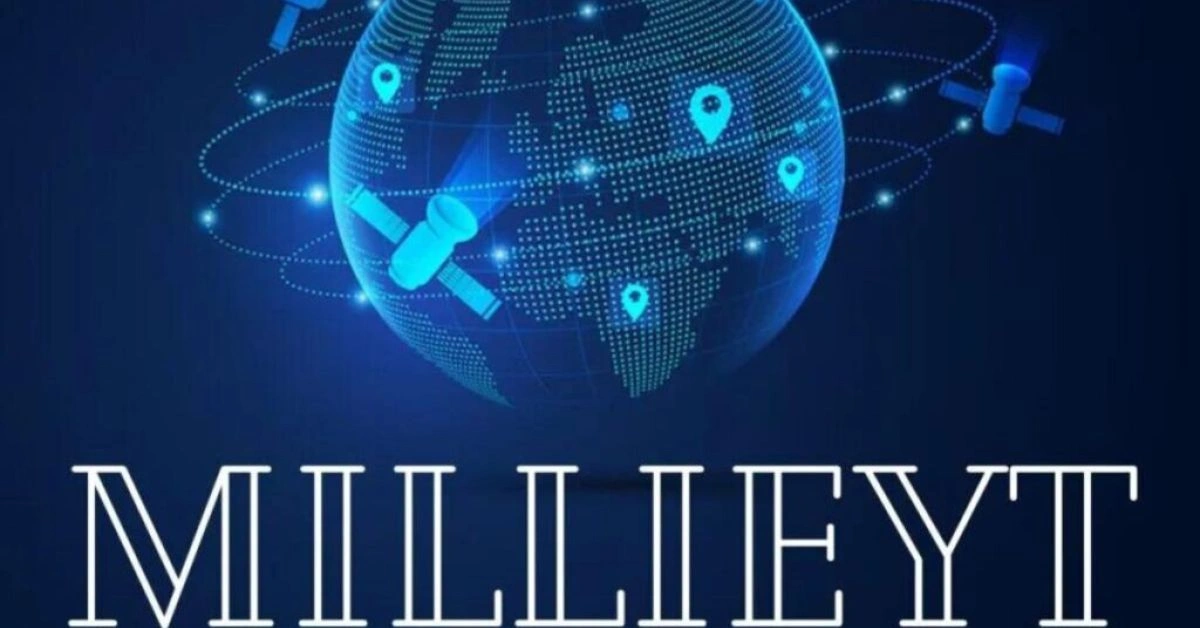Introduction
In a world where cultural identity and heritage play crucial roles in shaping communities and individuals, the concept of “mıllıeyt” emerges as a significant term. This article delves into the origins, importance, and contemporary relevance of “mılıeyt,” exploring how it influences various aspects of life.
What is “Mıllıeyt”?
“Mıllıeyt” is a term deeply rooted in cultural and national identity. While its specific meaning can vary based on context, it generally refers to the collective identity of a group of people, often defined by shared language, traditions, history, and values. The concept is similar to what is commonly understood as “national identity” or “ethnic identity” in different cultures.
Historical Origins of “Mıllıeyt”
Early Beginnings
The concept of “mıllıeyt” can be traced back to ancient civilizations where tribes and communities identified themselves through shared customs, language, and beliefs. In many historical contexts, the term was used to distinguish one group from another, establishing a sense of belonging and unity among its members.
Evolution Through Time
As societies evolved, so did the concept of “mılıeyt.” During the medieval and early modern periods, the term began to encompass broader notions of national identity, especially in regions where diverse groups coexisted. The rise of nation-states in the 18th and 19th centuries further solidified the importance of “mıllıeyt” as a defining element of a people’s identity.
The Importance of “Mıllıeyt” in Modern Society
Cultural Preservation
One of the primary roles of “mıllıeyt” is the preservation of culture. In an increasingly globalized world, maintaining a distinct cultural identity helps communities preserve their unique traditions, languages, and customs. This preservation is crucial for fostering a sense of pride and continuity among future generations.
Social Cohesion
“Mılıeyt” also plays a vital role in promoting social cohesion. By providing a shared sense of identity and belonging, it helps unite individuals within a community. This unity is essential for building strong, resilient societies that can effectively address common challenges and work towards collective goals.
Political Significance
In many regions, “mıllıeyt” holds significant political implications. National identity often influences political decisions, policies, and movements. Understanding and respecting the concept of “mılıeyt” is crucial for fostering inclusive governance and ensuring that diverse groups are represented and heard.
Contemporary Relevance of “Mıllıeyt”
Globalization and Identity
The rapid pace of globalization has brought about both opportunities and challenges for the concept of “mılıeyt.” On one hand, increased connectivity allows for the exchange and celebration of diverse cultures. On the other hand, it can also lead to the erosion of distinct cultural identities as global influences become more pervasive.
Digital Age and “Mıllıeyt”
The advent of the digital age has transformed how “mıllıeyt” is expressed and experienced. Social media platforms, online communities, and digital content have provided new avenues for individuals to connect with their cultural roots and share their identity with a global audience. This digital transformation has both strengthened and complicated the notion of “mılıeyt.”
Case Studies: “Mıllıeyt” in Different Cultures
“Mıllıeyt” in Turkish Culture
In Turkey, the term “mıllıeyt” is closely tied to the country’s rich history and diverse cultural heritage. Turkish “mılıeyt” encompasses a blend of influences from the Ottoman Empire, Central Asian traditions, and modern Western elements. It is a source of national pride and plays a central role in shaping the country’s social and political landscape.
“Mıllıeyt” in Indigenous Communities
Indigenous communities around the world offer unique perspectives on “mıllıeyt.” For many of these groups, maintaining their cultural identity is a matter of survival and resistance against historical and ongoing colonization. “Mılıeyt” for Indigenous peoples often involves a deep connection to the land, ancestral knowledge, and communal practices.
“Mıllıeyt” in Diaspora Communities
Diaspora communities provide another interesting case study of “mıllıeyt.” These groups navigate the complexities of maintaining their cultural identity while integrating into new societies. For many diaspora members, “mılıeyt” is a source of strength and continuity, helping them preserve their heritage and pass it on to future generations.
Challenges and Opportunities in Preserving “Mıllıeyt”
Threats to Cultural Identity
Despite its importance, “mılıeyt” faces several challenges in the modern world. Globalization, urbanization, and homogenization of cultures can threaten the distinctiveness of cultural identities. Additionally, political conflicts and migration can disrupt traditional ways of life, making it difficult for communities to maintain their “mıllıeyt.”
Opportunities for Cultural Revitalization
However, there are also numerous opportunities for revitalizing and preserving “mılıeyt.” Cultural festivals, educational programs, and community initiatives can help raise awareness and appreciation for diverse identities. Moreover, the digital age offers innovative ways to document, share, and celebrate “mılıeyt” on a global scale.
The Role of Education in Fostering “Mıllıeyt”
Integrating “Mıllıeyt” in Curricula
Education plays a crucial role in fostering and preserving “mılıeyt.” Integrating cultural identity into school curricula helps young people understand and appreciate their heritage. This education can take various forms, including language classes, history lessons, and cultural activities that celebrate “mılıeyt.”
Promoting Intercultural Understanding
Beyond preserving one’s own “mıllıeyt,” education can also promote intercultural understanding. Teaching about different cultural identities and their significance fosters respect and empathy among students. This approach helps build inclusive societies where diverse “mılıeyt” are valued and celebrated.
Conclusion
“Mıllıeyt” is a multifaceted concept that encompasses cultural, social, and political dimensions of identity. Its historical roots and contemporary relevance highlight the importance of preserving and celebrating diverse cultural identities in an increasingly interconnected world. By understanding and appreciating “mılıeyt,” we can build more inclusive, resilient societies that honor and respect the rich tapestry of human heritage.
Read more: The Ambiance and Atmosphere at Lily Basil Franklin TN
